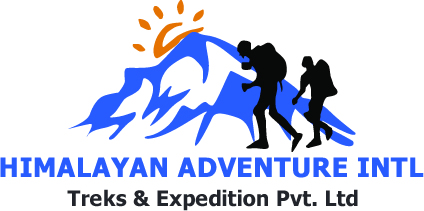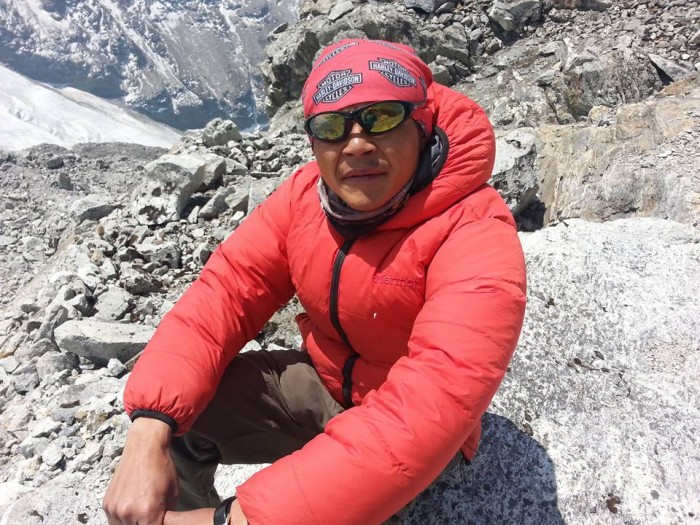Mardi Himal Trek is a hidden gem nestled in the Annapurna region of Nepal, offering panoramic views of Machhapuchhre (Fishtail), Annapurna South, Hiunchuli, and Mardi Himal itself. It is ideal for trekkers seeking a short, peaceful, and off-the-beaten-path experience compared to the crowded Annapurna Base Camp trek.
Whether you are planning for Mardi Himal Trek 3 days, Mardi Himal Trek 4 days, Mardi Himal Trek 5 days, or a full Mardi Himal trek itinerary 7 days, this trek caters to your timeframe and budget. Here is your comprehensive guide including mardi himal trek price, group join options, itinerary, maps, altitude, distance, and more.
Why Choose Mardi Himal Trek?
-
Less crowded trails for peaceful trekking
-
Short and flexible itinerary options
-
Close-up views of Machhapuchhre and Annapurna ranges
-
Local teahouse trekking with homely hospitality
-
Budget-friendly for both Nepali and foreign trekkers
Mardi Himal Trek Price and Cost Breakdown
The Mardi Himal Trek price depends on your itinerary, services, and group size. Below is an approximate cost breakdown for 2025:
| Package |
Price (USD) |
| Mardi Himal Trek 3 days |
$180 – $250 |
| Mardi Himal Trek 4 days |
$250 – $300 |
| Mardi Himal Trek 5 days |
$300 – $400 |
| Mardi Himal Trek itinerary 7 days |
$450 – $600 |
| Group join Mardi Himal Trek price |
$250 – $350 |
| Mardi Himal Trek cost for Nepali |
NPR 8,000 – 12,000 |
Note: Prices include guide, permits (ACAP & TIMS), meals, accommodation, and transport from Pokhara. For Mardi Himal trek from Kathmandu, an additional $20-$25 bus or $100-$130 flight cost applies.
Mardi Himal Trek 3 Days
Ideal for strong trekkers with limited time.
Day 1: Drive Pokhara to Kande, trek to Forest Camp (2,500m)
Day 2: Trek to High Camp (3,550m)
Day 3: Hike to Mardi Himal Base Camp (4,500m) early morning, descend to Siding village, and drive back to Pokhara
Mardi Himal Trek 4 Days
Balanced short trek itinerary.
Day 1: Pokhara – Kande – Deurali (2,100m)
Day 2: Deurali – Forest Camp – Low Camp (2,970m)
Day 3: Low Camp – High Camp (3,550m)
Day 4: High Camp – Mardi Himal Base Camp (4,500m) – Siding – Pokhara
Mardi Himal Trek 5 Days
Most popular short itinerary.
Day 1: Drive Pokhara to Kande, trek to Deurali (2,100m) – ~4 hrs
Day 2: Trek Deurali to Low Camp (2,970m) – ~6 hrs
Day 3: Trek Low Camp to High Camp (3,550m) – ~4 hrs (Mardi Himal trek day 3 highlight)
Day 4: Early morning hike to Mardi Himal Base Camp (4,500m), back to High Camp, trek down to Badal Danda or Forest Camp – ~7-8 hrs
Day 5: Trek to Siding village, drive to Pokhara – ~5 hrs trek + 3 hrs drive
Mardi Himal Trek itinerary 7 days
Relaxed pace with acclimatization.
Day 1: Drive Pokhara to Kande, trek to Deurali
Day 2: Trek Deurali to Forest Camp
Day 3: Trek Forest Camp to Low Camp
Day 4: Trek Low Camp to High Camp
Day 5: Hike Mardi Himal Base Camp, return to High Camp
Day 6: Trek down to Siding village
Day 7: Drive Siding to Pokhara
Mardi Himal Trek Distance
The Mardi Himal Trek distance from Kande to Mardi Himal Base Camp and down to Siding village is approximately 40-45 km total depending on your route variation.
-
Kande to Deurali: 6 km
-
Deurali to Forest Camp: 8 km
-
Forest Camp to High Camp: 9 km
-
High Camp to Base Camp and back: 8 km round trip
-
High Camp to Siding village: 12-14 km
Mardi Himal Base Camp Altitude
-
High Camp altitude: 3,550 m
-
Mardi Himal Base Camp altitude: 4,500 m
Trekkers hike early morning from High Camp to Base Camp to witness sunrise over Machhapuchhre and Annapurna South.
Mardi Himal Trek from Pokhara
Most trekkers begin the trek from Pokhara with a 45-minute drive to Kande. Return routes end at Siding village, with a 2-3 hour jeep ride back to Pokhara. You can arrange your trek from Pokhara with Himalayan Adventure International Treks for hassle-free permits, guide, and transport.
Mardi Himal Trek from Kathmandu
For trekkers starting from Kathmandu:
-
Option 1: Tourist bus to Pokhara (~7-8 hours) then continue to Kande
-
Option 2: Domestic flight (25 minutes) to Pokhara, drive to Kande
Mardi Himal Trekking Season
The best seasons for Mardi Himal trekking are:
-
Spring (March – May) – clear skies, blooming rhododendrons, best visibility
-
Autumn (September – November) – stable weather, warm days, crisp mountain views
-
Winter (December – February) – cold but clear skies, less crowded
-
Monsoon (June – August) – leeches, heavy rain, and landslide risks
Mardi Himal Trek Map
The route follows:
Pokhara – Kande – Deurali – Forest Camp – Low Camp – Badal Danda – High Camp – Mardi Himal Base Camp – High Camp – Siding village – Pokhara
Here is a basic Mardi Himal trek route map outline for understanding daily progress:
Pokhara
|
Kande
|
Deurali
|
Forest Camp
|
Low Camp
|
High Camp
|
Mardi Himal Base Camp
|
Siding Village
|
Pokhara
Mardi Himal Camp Map
The camps en route are:
-
Forest Camp (Kokar) – 2,500m
-
Low Camp – 2,970m
-
Badal Danda – 3,210m
-
High Camp – 3,550m
-
Mardi Himal Base Camp – 4,500m
Mardi Himal Base Camp Trekking Experience
The highlight is reaching Mardi Himal Base Camp, which offers breathtaking views of:
The ridge walk to Base Camp is narrow and windswept, giving an alpine trekking experience without technical climbing.
Group Join Mardi Himal Trek
If you are a solo trekker or want to reduce costs, Group join Mardi Himal Trek price ranges from $450 – $550 depending on services. Group join treks include:
-
Guide and porter sharing
-
Shared transport
-
Better social experience
Many trekkers search Group join Mardi Himal Trek Reddit for reviews and partners, but Himalayan Adventure International Treks organizes verified and professional group join treks for safety and local support.
Best Group Join Mardi Himal Trek
Choose a licensed local agency with:
-
Experienced English-speaking guides
-
Flexible group dates
-
Transparent pricing without hidden costs
-
Safety management with altitude knowledge
Himalayan Adventure International Treks offers daily departures for Annapurna group join Mardi Himal Trek at competitive rates.
Mardi Himal Trek Cost for Nepali
The Mardi Himal trek cost for Nepali trekkers is budget-friendly, ranging from NPR 8,000 – 12,000 for a 4-5 day trek, including meals, transport, and accommodation if traveling in a group.
Tips for Mardi Himal Trekking
-
Best season: Spring or Autumn
-
Carry cash: No ATMs along the route
-
Layered clothing: Temperatures vary from warm days to sub-zero nights
-
Start early: For best sunrise views at Base Camp
-
Trekking poles: Useful for descents
-
Book with a trusted agency: For safety and local insights
The Mardi Himal Trek is one of the most rewarding short treks in Nepal, offering a stunning alternative to Annapurna Base Camp and Ghorepani Poon Hill. Whether you choose Mardi Himal Trek 3 days, 4 days, 5 days, or 7 days, this journey will enrich your Himalayan experience.
Ready to join?
Book your best group join Mardi Himal trek with Himalayan Adventure International Treks for 2025/26 for the best prices, reliable guides, and genuine local experience.

 Plan Your Trip Now
Plan Your Trip Now 











